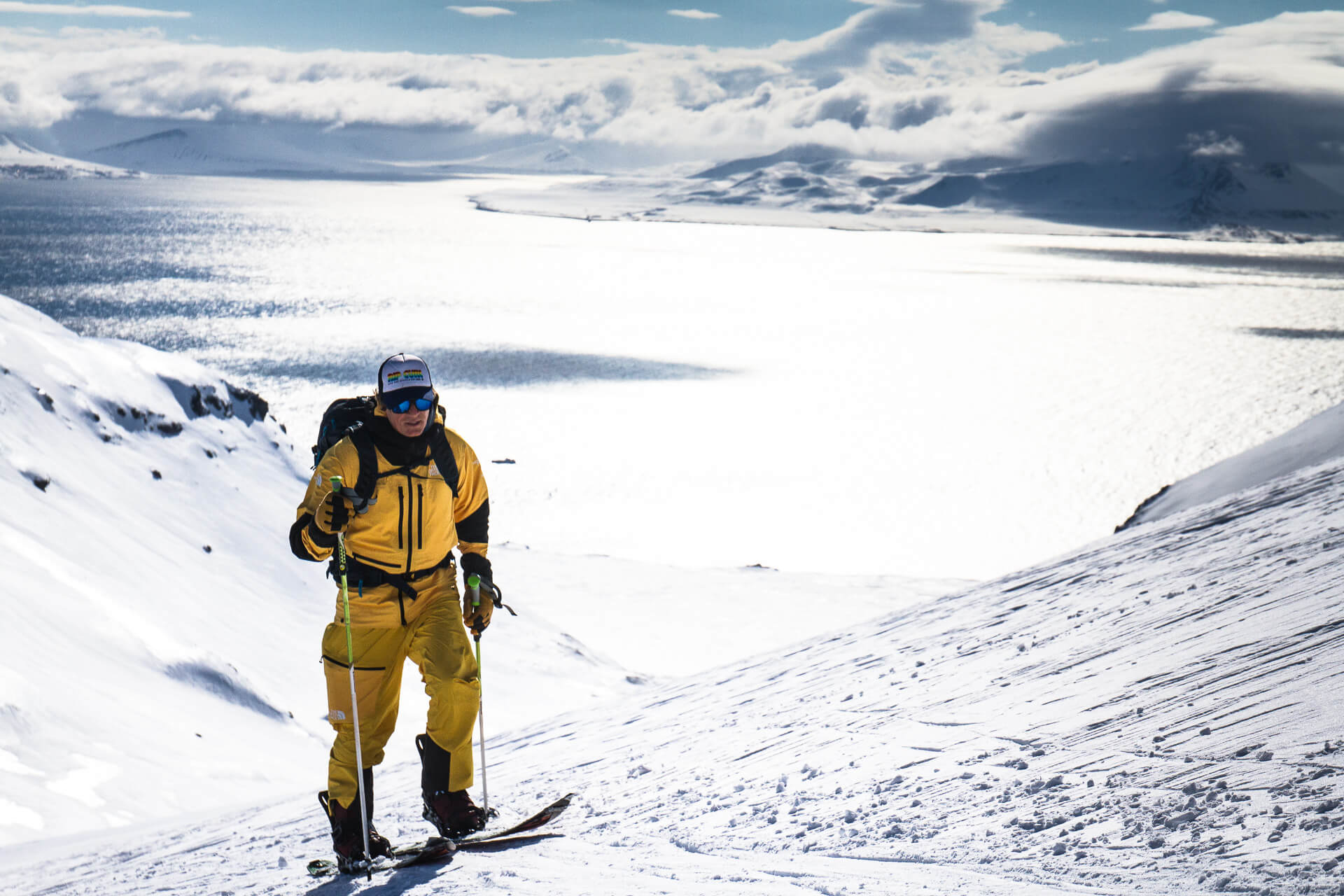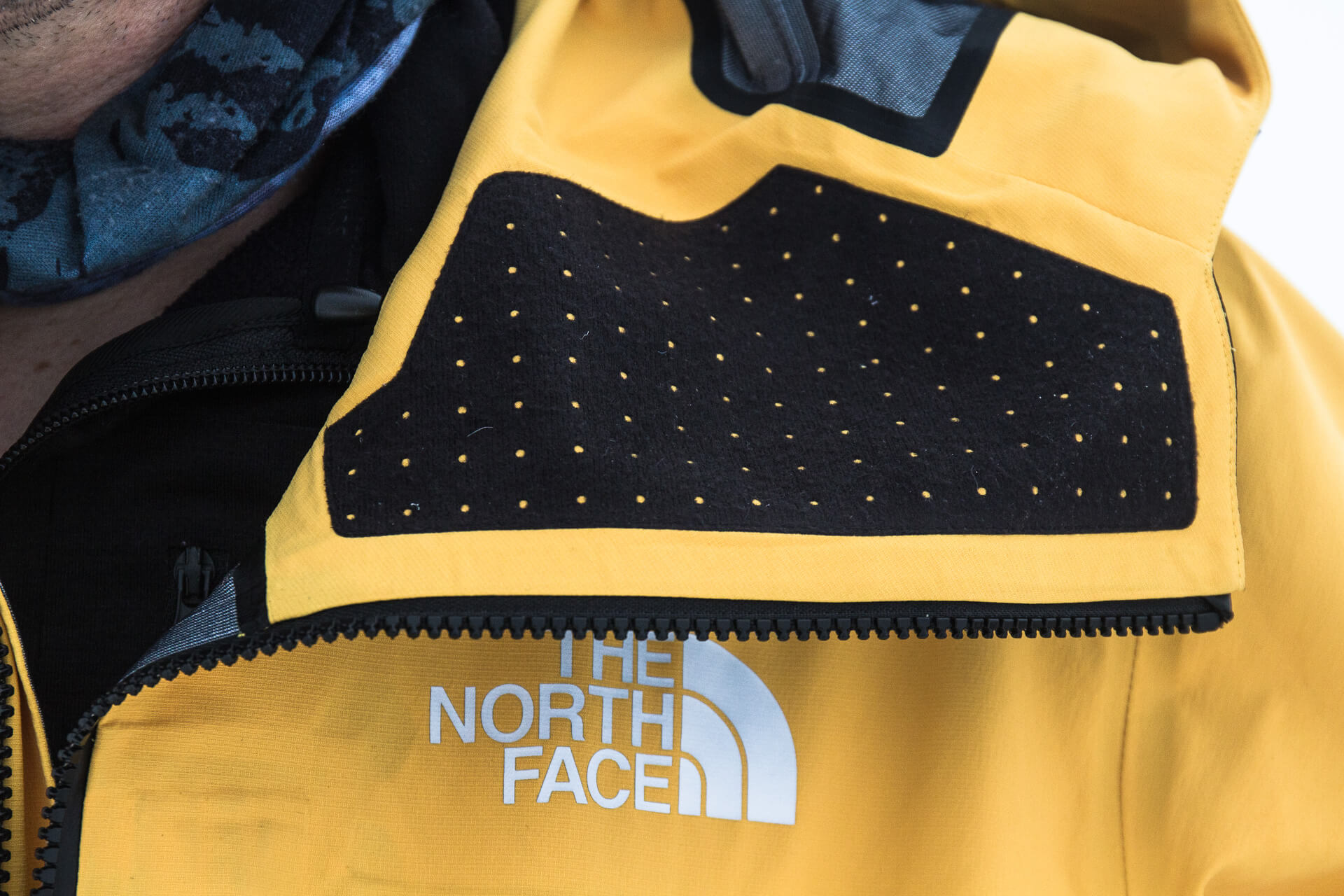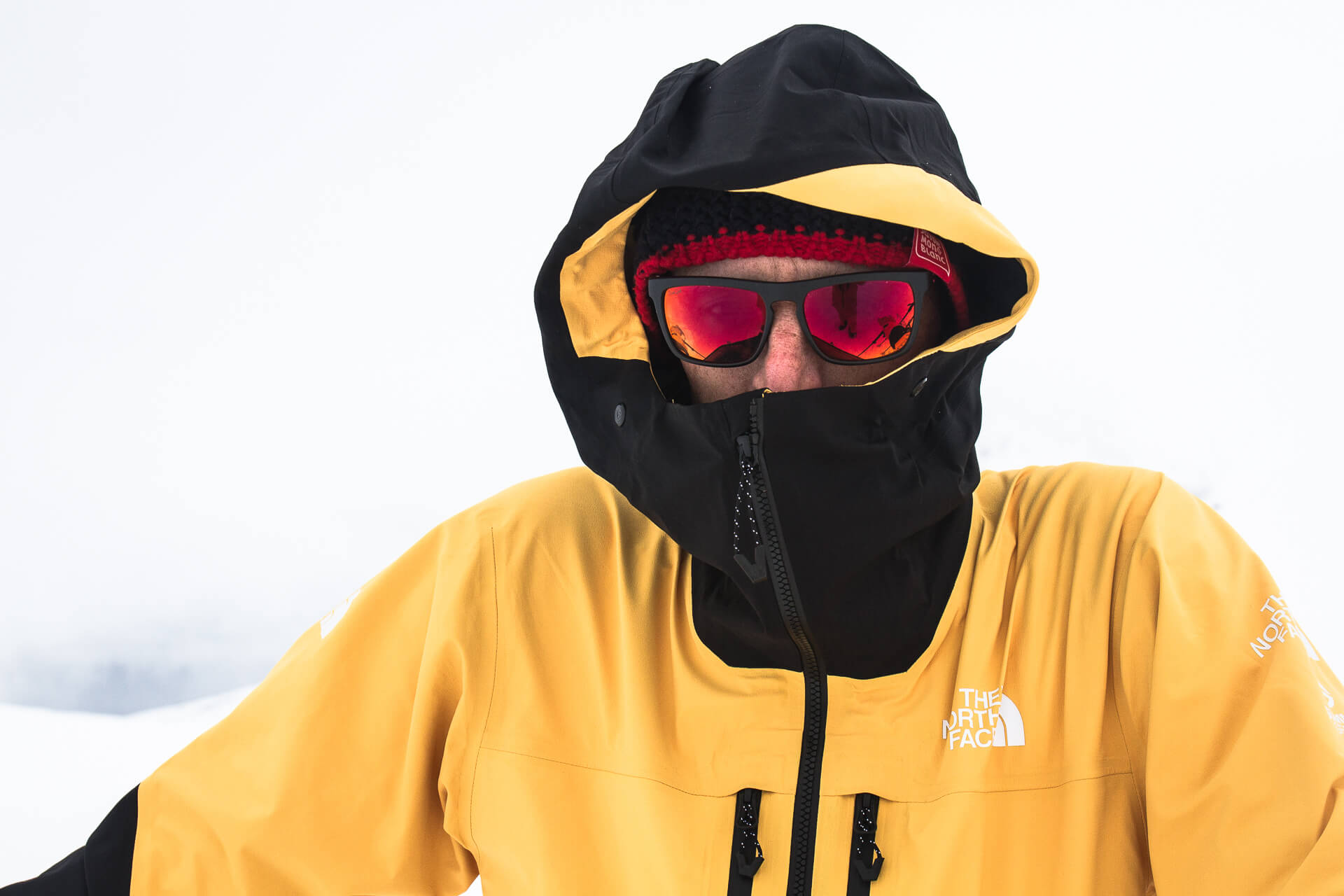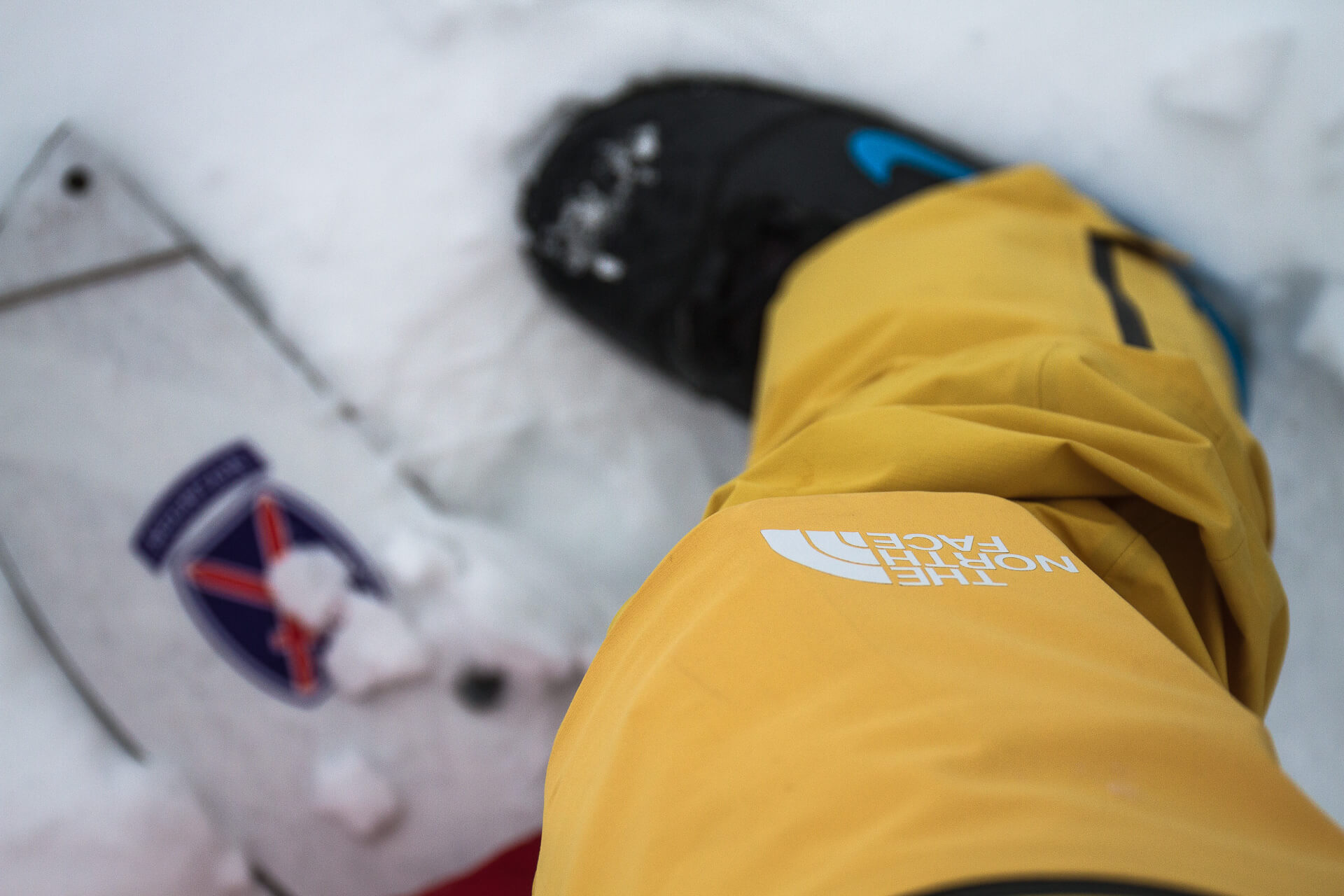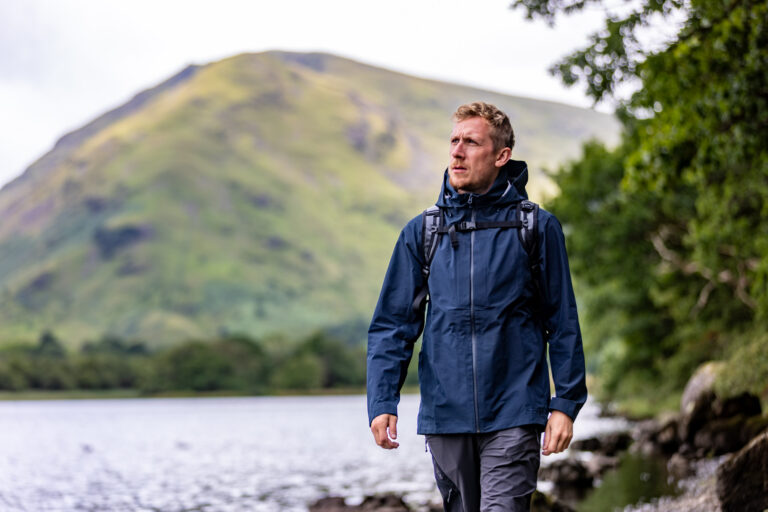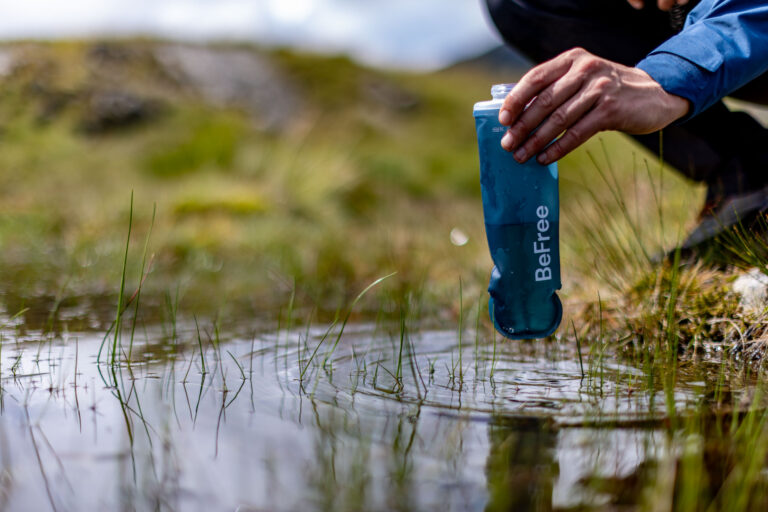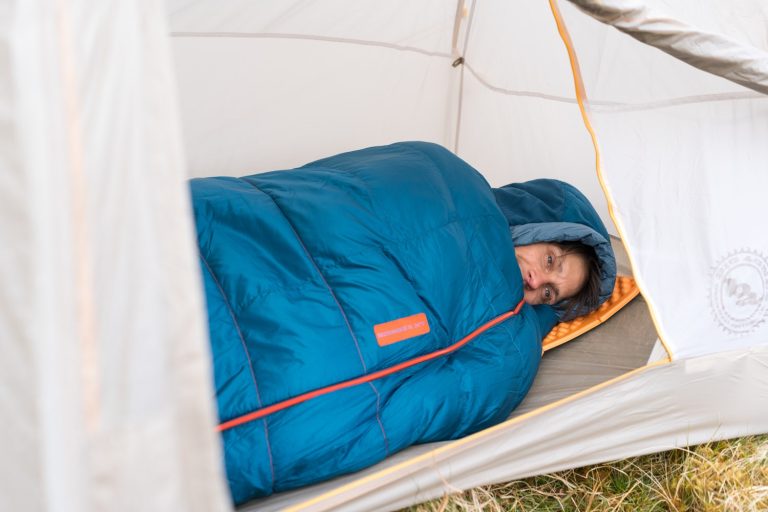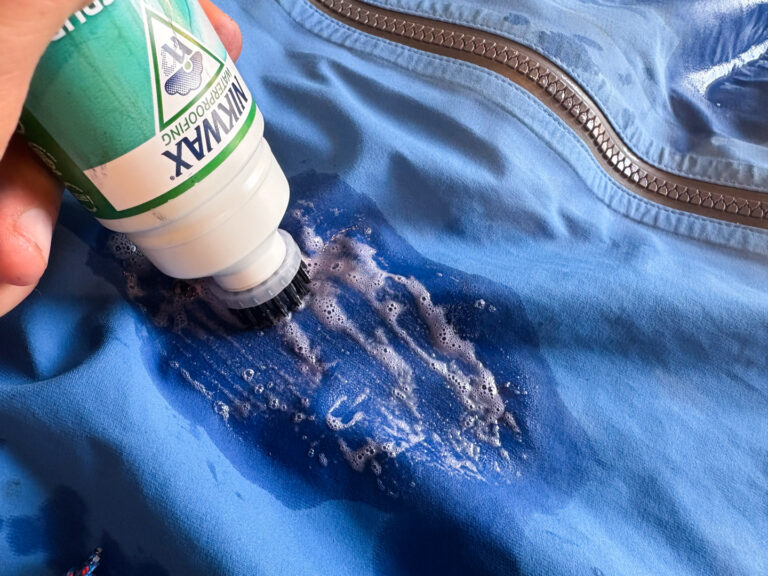There can be few places on the planet more unforgiving than Svalbard. At 78 degrees latitude, this windswept archipelago in the Arctic ocean is home to the most northerly human settlement on Earth, as well as roughly 3,000 polar bears. As we motored into the shore of the remote fjord where our ship was moored each morning, the zodiac had to crunch its way through icebergs. The first people off the boat were two guides armed with old bolt action rifles – just in case one of those bears mistook the party of disembarking ski-tourers for a Deliveroo order.
It was certainly the most extreme start to any day’s ski touring I’d ever experienced, but then that was precisely the point. I’d come here with a party from The North Face (TNF) to test its brand new “FutureLight” range of ski touring jackets and pants, which the company is billing as “revolutionary”. And what better place to put these pieces through their paces than this – arguably one of the most challenging environments on Earth?
“Home to the most northerly human settlement on Earth, as well as roughly 3,000 polar bears”
The concept which drove the development of FutureLight was a simple one. “It’s not a new idea,” says Hortense Carlier, TNF’s product and merchandising manager, “but there hasn’t been a solution to it until now.” Essentially, the brand was seeking to answer the age-old question asked by ski-tourers (and indeed everyone who’s ever done high-intensity exercise in low temperatures): “Why can’t I have a jacket that I don’t have to take off and put on again the whole time?”
“Every brand has been working so far on waterproofness,” Hortense says. “But in the end if you want to improve your level of comfort, you should be working on improving the breathability of the jacket.” So instead of worrying about the amount of water coming in, they concentrated on the amount of perspiration the jacket lets out. “That was the starting point of FutureLight.”

